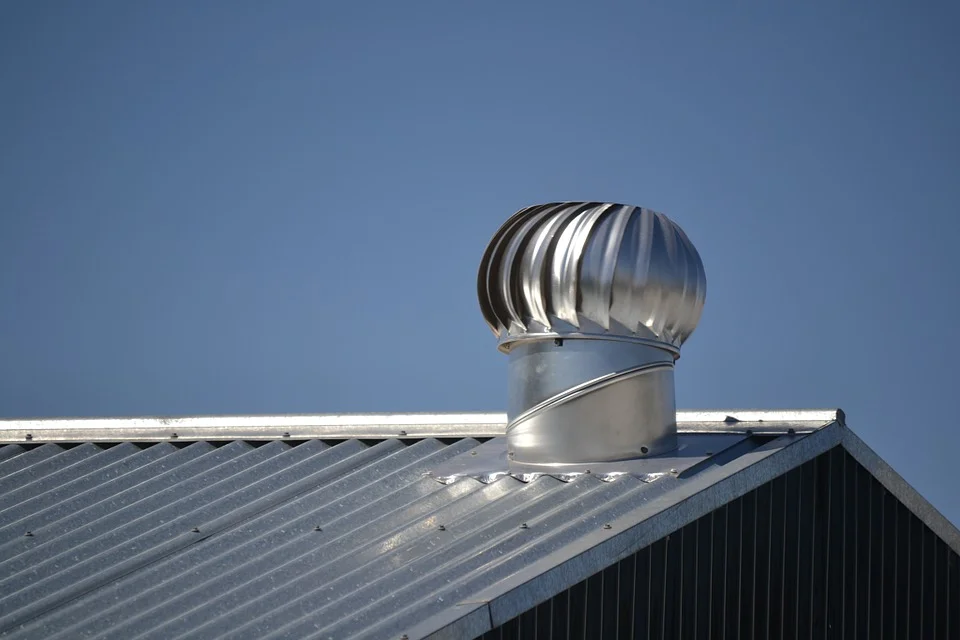Choosing The Right Ventilation For Your Roof
If you are a homeowner living in DFW, TX, and have a roof, it is important to know about roof ventilation. Roof vents are a vital part of the roofing. However, it can be hard to know which roof vent is right for you. Many different roof vents serve different purposes and have their own set of pros and cons.
This blog post will cover the 4 major types of roof vents: passive roof vent, powered roof vent, ridge vent, and turbine vent.
What’s Roof Ventilation?
The roof vent is like an air pump for your roof. It brings in cool, fresh air and releases the hot, stale air that builds up under the roofing material. If you don’t have roof ventilation, this can lead to problems with mold growth and roof damage over time due to rusting nails and rotting wood beams.
Benefits Of Roof Ventilation
Roof Ventilation has many benefits such as:
- Affordable
- Convenient
- Easy to install
- Long life span
- Protective
- Prevents roof issues
Types Of Roof Ventilation
There are many roof vents out there. Here are some of the most common ones:
Passive Roof Vent
A passive roof vent is a roof ventilation system that brings in fresh air from outside. Passive roof vents come standard on residential roofs and usually don’t need any additional parts or accessories to work properly.
Powered Roof Vents
The powered roof vent comes with an electric fan that forces out hot air from the roof. Powered roof vents are more expensive than passive roof vents, but they work much faster and can bring the temperature down in just a few minutes.
They also require less maintenance than their passive counterparts since no manual labor is required to keep them working properly.
Ridge Vents
The ridge vent is installed along your roof’s ridge and is usually made of aluminum or steel. The roof vent has a built-in screen that keeps out debris such as leaves, twigs, and bugs while allowing fresh air to flow through the roof vents underneath it.
Turbine Roof Vent
The turbine roof vent is one of the most expensive roof ventilation systems available. It has a roof vent, roof flashing, and an electric fan.
The roof flashings are installed along the roof ridge while the fan is mounted to your roof’s side or backside, facing away from your house. The turbine roof vents work by rotating up into the wind, which forces hot air out of your home through one of its roof vents.
PK Renovation Offers The Best Roof Ventilation Solution
If you’re a homeowner who lives in DFW, TX, and you’re looking for roof repairs services (including roof ventilation solutions), look no further than PK Renovation! We’re the best roofing company in DFW, TX. We’re roofing contractors specializing in roof repairs, roof replacements, and roof ventilation. Get in touch with us today.

